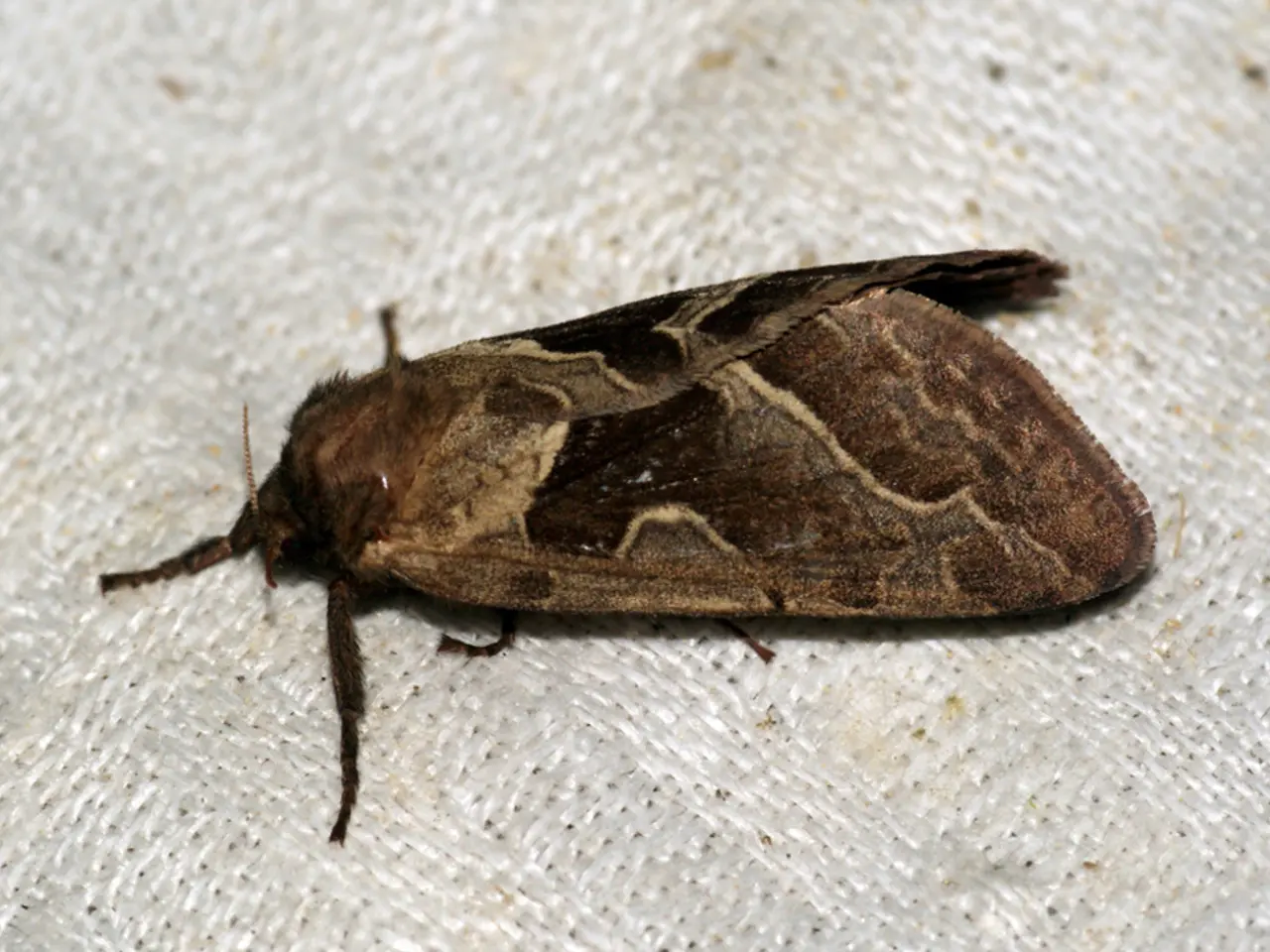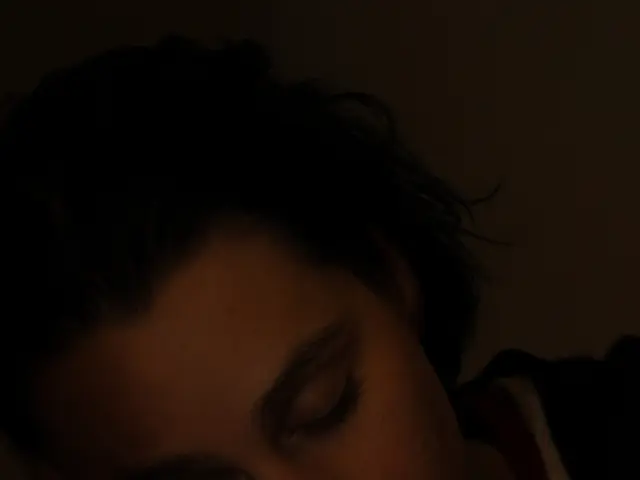"Inquiry into the Nature of Lichen Annularis" or "Exploring Lichen Annularis: Its Characteristics"
Lichen Annularis is a skin condition characterized by ring-shaped lesions that can be both itchy and uncomfortable. This article aims to provide a comprehensive understanding of Lichen Annularis, its causes, symptoms, diagnosis, and treatment options.
Lichen Annularis can be triggered or exacerbated by factors such as stress, certain medications, and exposure to allergens. To effectively manage the condition, keeping a journal of flare-ups and triggers can be beneficial.
The symptoms of Lichen Annularis can vary from person to person, but common signs include ring-shaped lesions, itching, scaling, and lesions appearing on various parts of the body. Other skin conditions, such as eczema or psoriasis, may increase the likelihood of developing Lichen Annularis.
Clinical Examination is the first step in diagnosing Lichen Annularis. A dermatologist will assess the appearance of the skin lesions, medical history, and associated symptoms. A skin biopsy may be necessary to confirm the diagnosis.
Treatment for Lichen Annularis typically focuses on relieving symptoms and may include topical corticosteroids, oral medications, and phototherapy. In severe cases, oral medications such as systemic corticosteroids and immunosuppressants like methotrexate or azathioprine may be prescribed.
Environmental triggers, such as allergens, weather conditions, and skin irritation, can also play a role in the development of Lichen Annularis. Stress management activities like yoga, meditation, or deep-breathing exercises can be beneficial for managing the condition.
If you notice any of the symptoms mentioned above, it is essential to consult a healthcare professional for an accurate diagnosis. Pre-existing health conditions, family history, lifestyle factors, smoking, poor nutrition, and high stress levels can also increase the risk of developing Lichen Annularis.
Lichen Annularis is not contagious and cannot be spread from person to person. It is a variant of lichen planus, an inflammatory skin disorder that affects the skin, mucous membranes, and hair follicles.
Emotional support from friends, family, or support groups can provide relief and practical advice for those living with Lichen Annularis. Home remedies for Lichen Annularis may include using moisturizing treatments like coconut oil and aloe vera gel, herbal remedies such as turmeric and chamomile, and dietary adjustments that incorporate foods rich in omega-3 fatty acids.
Some individuals may seek alternative therapies to complement their treatment plan, such as moisturizers, dietary changes, stress management techniques, and avoiding irritants. Phototherapy, or exposing the skin to controlled amounts of natural or artificial light, can be an effective treatment option for some patients with Lichen Annularis.
Regular follow-ups with a healthcare provider are essential to monitor the condition's progress and adjust treatment plans as needed. The exact cause of Lichen Annularis remains unclear, but it is believed to be related to immune system dysfunction or an inflammatory skin reaction.
In conclusion, while the exact cause of Lichen Annularis is unknown, understanding the condition, its triggers, and effective treatment options can help individuals manage the condition effectively. If you suspect you have Lichen Annularis, it is crucial to consult a healthcare professional for an accurate diagnosis and treatment plan.
Read also:
- European Commission introduces communication on strategies for protecting democracy and fundamental rights online
- Exploring the Health Benefits of Consuming Plum Liqueur Infused with Oats and Almonds
- Europe's mandatory vaccination programs advocated by health officials in the face of mounting disinformation
- Rural farm communities sound the alarm over the perilous state of livestock deliveries








